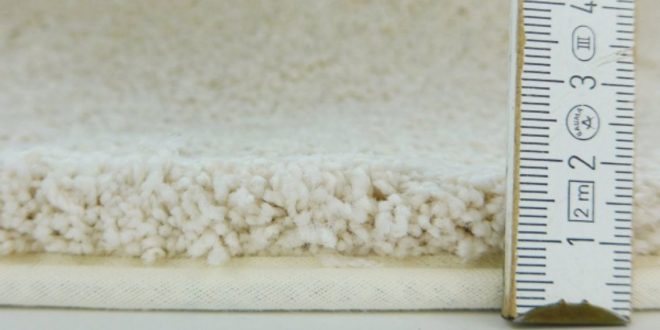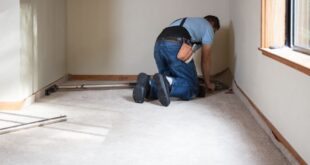There’are many types of carpets and carpet specifications aren’t easy to understand. And even if you understand what everything means, it’s hard to know whether or not that’s a good choice giving your lifestyle and carpet use.
Understanding your carpet specifications is the only way of knowing if your carpet will tolerate the level of traffic you have home and how long it will last.
WHAT IS CARPET PILE?
Carpet Piles are the name given to the carpet’s fiber. Most people know that a carpet’s fiber can be natural or synthetic. But many people don’t know why some carpets seem to be cozier than others. Or why some may appear to be better quality.
That has something to do with Carpet Pile Height, Dentisty and Face-weight. Which are the carpet specifications we’re going to be talking about.
CARPET PILE HEIGHT
Carpet Pile Height is how “tall” a carpet’s fibers are. This height does not include the carpet backing, just the soft part that’s actually showing.
Pile height is not usually found on carpet samples, but
CARPET FACE-WEIGHT
Capet Face-weight is the weight of the carpet’s fibers (not including the carpet’s backing weight). If it does include the backing it’s called Total Carpet Weight. But knowing the Carpet Face-weight is more important than knowing the Total Carpet Weight. You’ll see why in a minute.
Carpet Face-weight can start at 20 ounces and go all the way to 100 ounces. Although in residential carpets, face-weight is usually between 35 and 60 ounces.
IMPORTANT! Having a high face-weight value doesn’t necessarily mean that it’s good quality.
you can easily measure it yourself using a tape measure. But don’t include the carpet backing!
If you want your carpet to last longer, I recommend a Carpet Pile Height of less the 3/4″. On stairs, I recommend a Carpet Pile Height of 1/2″ or less and a Carpet Padding thickness of 7/16″ or less and a Pile Density Rating of at least 8-pounds.
The Pile Height measurement is not usually shown on the carpet sample, however all you need is a tape measure. Don’t include the carpet backing, just the soft fibers from the backing up. Convert the measurement into a decimal for calculating purposes.
Example= One half inch (1/2″) is equal to (.5) decimal.
See Chart Below:
Decimal to Inches (fraction) Conversion Table
0.0625 = 1/16
0.125 = 1/8
0.1875 = 3/16
0.250 = 1/4
0.3125 = 5/16
0.375 = 3/8
0.4375 = 7/16
0.5 = 1/2″
0.5625 = 9/16
0.625 = 5/8
0.6875 = 11/16
0.750 = 3/4
0.8125 = 13/16
0.875 = 7/8
1.0000 = 1″
1.0625 = 1- 1/16
1.125 = 1- 1/8
I generally recommend a pile height of less than 3/4″ to help reduce the chance of matting and crushing of the pile. Why? A shorter Pile-Height makes for a much more durable carpet, it makes the carpet much easier to clean and makes the carpet more stain resistant and less prone to matting and crushing of the pile.
For example, we all know that commercial grade carpets usually have a very short pile height and have a dense pile. They can tolerate heavy foot traffic for decades and are easily cleaned time and time again. This is the recipe for success used in offices, airports and banks all across America.
 Carpet Guides All About Carpet Installing
Carpet Guides All About Carpet Installing 

